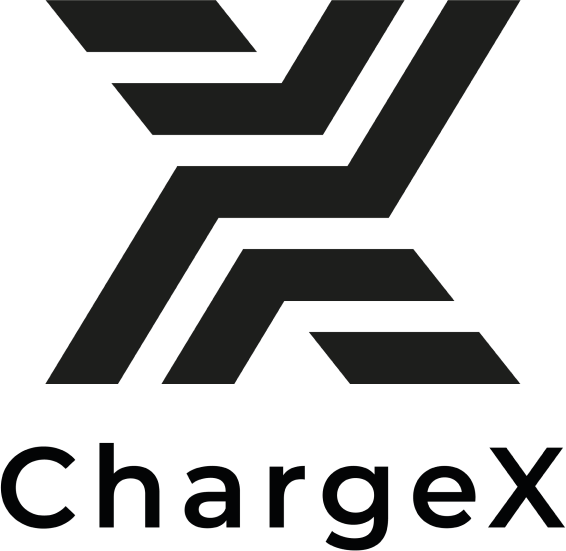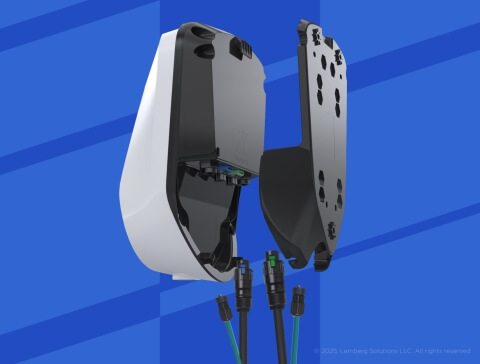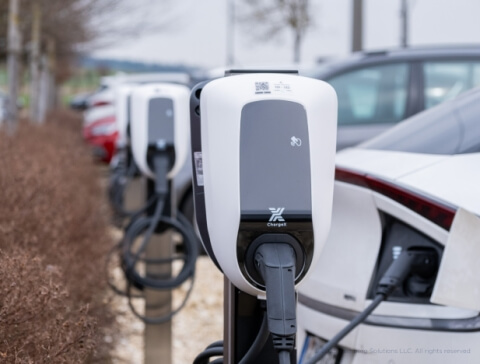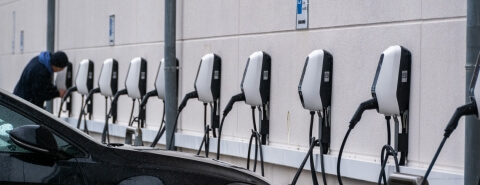
Restoring a stable connection for the ChargeX charging station with a deep tech audit
About the client
ChargeX is a German-based e-mobility company developing charging systems for charging stalls to make EV charging convenient, manageable, and available to more users. Their Aqueduct charging system enables sequential charging of several EVs from one power source.


The challenge
The Aqueduct charging stall is built as a flexible, modular, plug-and-play solution, and it requires reliable communication between its modules, the vehicle, and the control software. However, ChargeX noticed that the station periodically lost Internet connection. When this happens, the Aqueduct station cannot resume and continue charging properly, which also compromises the system’s safety and impacts user experience. To identify the cause of the issue and fix it, our client sought the help of tech specialists.
Delivered value

Solution
In search of a reliable, experienced tech partner, ChargeX turned to IoT+ Network, a digital hub for IoT companies and innovation partners. IoT+ Network recommended Lemberg Solutions GmbH as an IoT and embedded solution provider with a proven track record in the market.
For our development team to investigate the root cause of the issue, ChargeX provided their LTE modems, a Raspberry Pi board, and configuration scripts. After testing the LTE modems’ performance under severe outdoor conditions, we revealed key critical issues:
- The LTE modem connection/disconnection handler frequently lost the connection and didn’t automatically re-establish it.
- In harsh conditions, the modem failed to work properly. At low temperatures, it became unstable; at high temperatures, it heated up and disconnected.
- While testing the hardware, our engineers also noticed that it didn’t switch between network operators — the LTE modem didn’t connect to the network with the best signal quality.
These findings confirmed that the LTE modem was the cause of the connection loss — it wasn’t suitable for outdoor charging. To provide an alternative, we tested an industrial LTE modem in similar conditions. Unlike the original modem, it delivered a stable connection with no issues. After completing all tests, our team prepared instructions for the client to optimize the station, ensuring it connects to the network operator with the strongest signal.
We also offered ChargeX a list of industrial LTE modems, including their technical characteristics, power output, size, and price, as suitable alternatives to their LTE modem, so their team could easily select the option that best fits their requirements.
When we dealt with technical issues, we turned to Lemberg Solutions for their vast expertise. With their comprehensive tech audit, hardware testing, and meticulous analysis of our software performance, we received invaluable insights. The detailed report they delivered highlighted the issues we were facing and offered clear recommendations for their resolution. Thanks to tech consulting of their embedded engineers, we swiftly addressed the challenges and enhanced our product’s performance.

